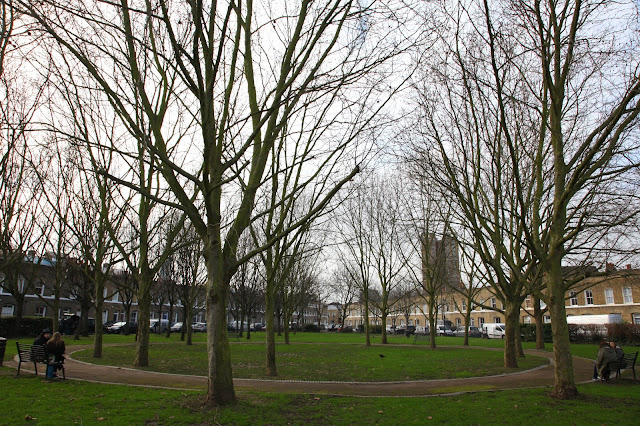There’s a pattern.
Across London we are witnessing flouted
development polices, increased land prices, waived affordable housing quotas,
breached height limits, and sadly, dismissed interests of the community.
The Bishopsgate
Goodsyard development in Shoreditch is no different.
The joint developers Hammerson and Ballymore
Group say the project will consist of more than 1450 homes, 600,000 square feet
of office space and 5.5 acres of new “public realm”, which will include a 2.5
acre raised park as well as other facilities. Perhaps most interestingly, it is
speculated to create more than 5,000 jobs for the local community.
 |
| All photos by Jason Di-Candilo @billthebadger |
Despite the proposed economic injection
though, plans are characteristically controversial.
The ‘residential blocks’ will comprise of
seven towers; the two highest will be a 43-storey and 47-storey skyscraper.
Not consistent with the image of hipster
Shoreditch known for its independent bars and cafes, and its tech and thrift
culture, the local community are concerned by the lack of hindsight.
The 10 acre site, which is the largest
brownfield site close to the city, will cost £800 million to develop and is
being accused of ‘killing the soul’ of Shoreditch if plans persist.
The East End Preservation Society has called the plans “dramatically out of scale with the surrounding area” and
said the escalating towers will block out the light to two-fifths of nearby
buildings.
Talking of Shoreditch’s transformation and
growth over the years, Will Palin who chairs the Society said Shoreditch had
been “allowed to happen by an organic process using cheap office space for
creative start-ups and small businesses… It has grown in the way a big, clumsy,
homogenous development would not allow.”
Perhaps most alarmingly, the proposal only
includes a 10 per cent affordable housing allocation, significantly below the 50 per cent target provision in the two
boroughs the development straddles: Tower Hamlets and Hackney.
The plans aim to restore the arches of the
listed Braithwaite Viaduct, London’s second oldest surviving railway depot dating
back to 1839. The site has been largely unused and derelict since a 1964 fire,
but local opponents insist the proposal will destroy the Shoreditch we know and
love.
The Mayor of Hackney, Jules Pipe, has issued
an impassioned plea for people to sign his petition against the Bishopsgate Goodsyard development.
He said: “These luxury flats will cast a
shadow over the whole of Tech City and threaten to damage the local creative
economy. The repercussions could be so severe they lead to the loss of
thousands of local jobs.”
Mr Pipe’s petition urges London Mayor Boris
Johnson to oppose the towers, and has been supported by Ben Southworth, the
founder of the ‘Tech City Says No!’ campaign against the Goodsyard development.
Mr Southworth, whose company 3-Beards organises
events for London start-ups and is based in a “innovation lab” five minutes
walk from where the skyscrapers will be, claimed “the whole Shoreditch
triangle” could be overshadowed.
The project director of Hammerson, Rob Allen,
has explained that Shoreditch, by nature, has always been “constantly
reinventing itself”. Because the site has the East London line, the Central
line and suburban overground lines running through, alongside or under it, “regeneration
will have to involve high-rise buildings to make it viable,” Mr Allen said.
In the meantime, planning permission for
other Shoreditch skyscrapers, including Principal Tower on Worship Street and
the Avant-Garde Tower on Bethnal Green Road, have already been approved.
It seems the more we build, the less we
support and unite our community. Entire council estates are being flattened to
make room for luxury apartments. Homes are being replaced with investment units
to be sold overseas, and rarely inhabited.
We don’t want this for Shoreditch.
Let’s get vocal and get heard. Now is the
time. Sign the petition here!
Leah Davies is a purpose-filled writer, human rights activist and coach for budding wordsmiths, who is driven to cultivate change through our stories. Her social business Paper Planes Connect is a place to celebrate our difference and to unite in our sameness. Using her experience as a journalist and international development worker, she supports the social conscious to platform their voice and create change, both big and small.
Email: leah@paperplanesconnect.com












